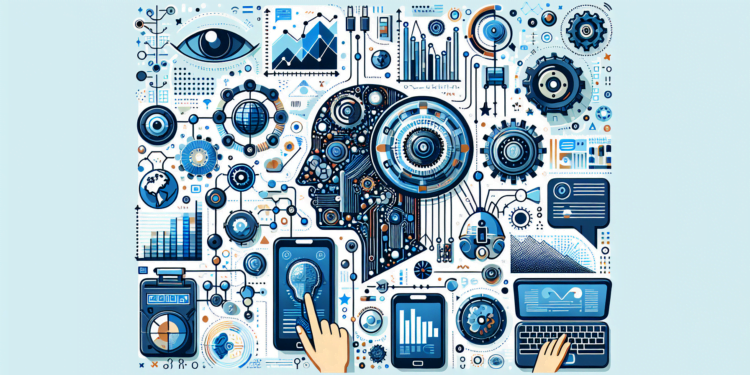Machine Translation (MT) has undergone a significant evolution in recent years, driven by substantial advances in Artificial Intelligence (AI). This article will delve into the technical aspects of machine translation, exploring from the basics of applied AI to the most cutting-edge algorithms, focusing on the emerging practical applications of this field.
Fundamentals of Machine Translation and AI
The intersection of linguistics and AI has led to the development of MT systems. Traditionally, it started with a rule-based approach (RBMT), where linguists encoded grammars and dictionaries. Yet, linguistic complexity and variation limited its scale.
The emergence of Statistical Machine Translation (SMT) revolutionized the field, leveraging bilingual corpora and probabilistic algorithms to infer translations. Despite its advances, SMT struggled with the fluency and context of the texts.
The influx of Artificial Neural Networks and deep learning paved the way for Neural Machine Translation (NMT). This approach uses sequential models like Recurrent Neural Networks (RNN) and later attention mechanisms and Transformer architectures, which allow for more effective text sequence management and consideration of the broader language context.
Recent Advances: Cutting-edge Algorithms and Architectures
The latest advances in MT focus on improving the quality and efficiency of translations. Algorithms like Transformers now constitute the cornerstone of NMT because of their ability to process words in parallel and attend to different parts of a sentence simultaneously, producing more coherent and natural translations.
Moreover, work has been done on MT personalization and on multilingual systems capable of translating between several languages with a single model, such as Google’s Multilingual Neural Machine Translation system. The Zero-Shot Translation approach, where a system can translate between language pairs never seen in training, is expanding the possibilities of global communication.
Practical Applications: Impact on Society and the Economy
MT has not only transformed the localization industry and content globalization but has also significantly impacted accessibility and international communication. Tools like Google Translate or Microsoft Translator have become indispensable allies for travelers and international businesses.
In the social sphere, MT helps break down linguistic barriers and promote inclusion. Automatic subtitling programs and simultaneous interpretation systems are making communications and multimedia content accessible to broader audiences regardless of language.
Challenges and Future Directions
Despite its progress, MT faces challenges such as handling linguistic ambiguity, cultural nuances, and the appropriateness of register and style. Additionally, the translation quality in lesser-resourced languages remains a primary concern.
Future directions point towards a deeper integration of context and semantics into MT. With the incorporation of techniques such as Natural Language Processing (NLP) and text understanding, the goal is to achieve translations that are not only grammatically correct but also culturally relevant and stylistically appropriate.
Case Studies: Real Situations and Applied Concepts
Specific case studies illustrate the successes and challenges of current MT. For example, the implementation of MT systems in international organizations like the United Nations shows how technology can facilitate multilingual diplomacy, but also highlights the need for high-precision translations that understand specialized terminology and delicate contexts.
Expert Perspectives in the Field
Opinion leaders and scholars in the field of MT and AI provide substantial viewpoints on the impact and future trends of this technology. From the optimization of algorithms to ethical reflections on technology’s use, their insights offer a diverse and in-depth view of machine translation.
Conclusion
Machine Translation is a constantly evolving area of Artificial Intelligence, with the potential to transform global communications. Recent advancements suggest an exciting future where language barriers will become increasingly blurred, yet there are significant challenges to overcome. Interdisciplinary work that combines AI, NLP, and cultural studies will be crucial for MT advancements to reach their full potential.
—
This specialized technical analysis offers a detailed panorama of Machine Translation, highlighting both its tremendous achievements and the opportunities for improvement that await on the horizon. With contributions from experts and the contextualization of practical applications, this glossary represents a valuable resource for anyone involved or interested in the advancements of AI in the domain of human language.






















